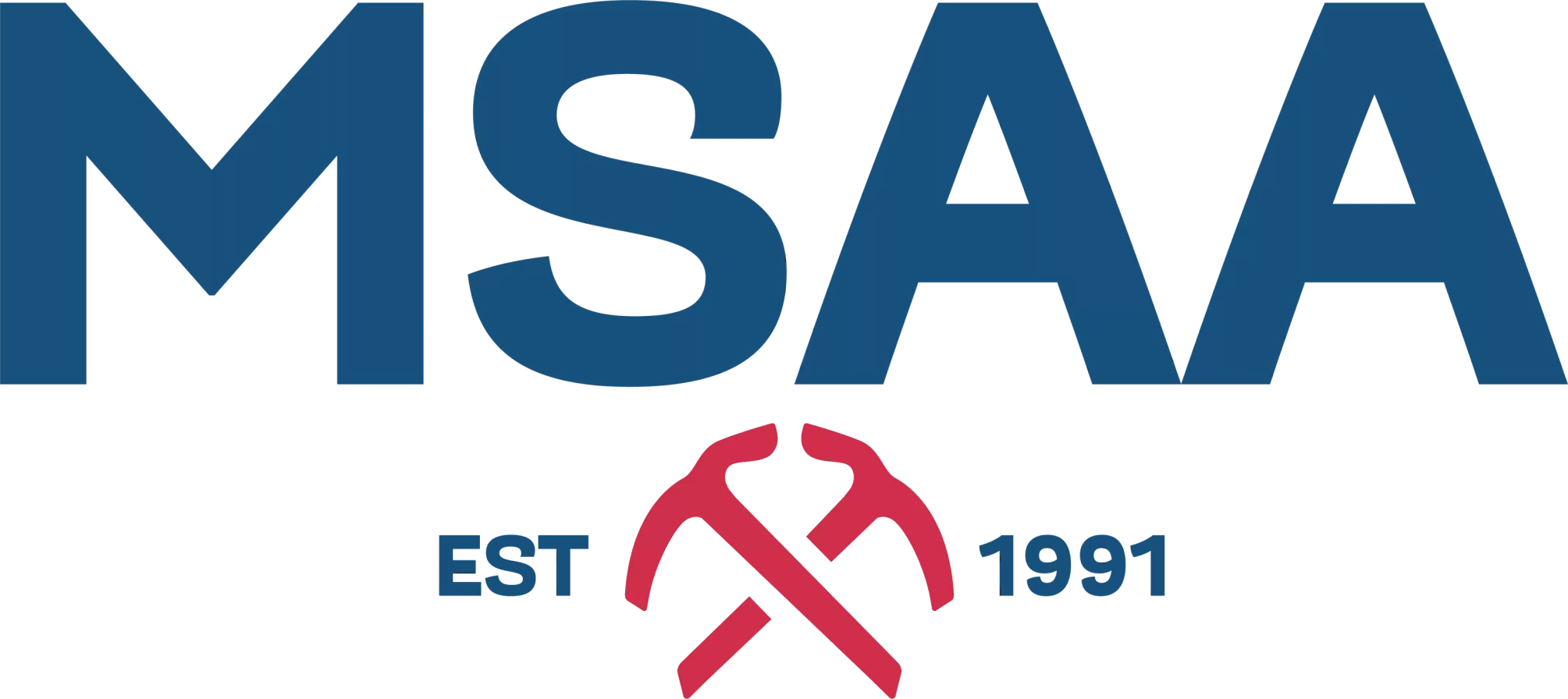When the weekend comes around and the weather looks good, there’s no better place to spend your time than in the Whistler backcountry. Escaping the crowds and noise of the ski resort – if only for a few hours – gives the classic ski weekend a whole new meaning. You can spend the day ski touring in peaceful tranquility, then spend the evening celebrating the nightlife and resting in comfortable accommodations. To make sure you get the most out of your 48 hours in Whistler, here’s our weekender’s guide to the Whistler Backcountry.
Note: Before embarking on your weekend in the backcountry, make sure to check the Avalanche Bulletin for the Sea to Sky Region and the Whistler Blackcomb Backcountry Advisory. And if you haven’t take your Avalanche Skills Training (AST) Level 1 yet, make that your priority before you start exploring the Whistler backcountry with your friends.

Day 1 (Intermediate Level) – Musical Bumps
The quickest and easiest access to the Whistler backcountry is via Whistler Blackcomb’s lift system. A single-use backcountry access lift ticket costs $61.95 (tax included) and will allow you initial uploads only. If you are looking to stay in relatively simple terrain, the best option is the Musical Bumps. This is a series of ridges beyond Whistler Mountain’s Flute Bowl boundary that have mostly intermediate (blue) slopes and easily navigable climbing routes. The best part about the Musical Bumps is that there are plenty of options to turn around; if you’re not feeling another lap, it’s easy to forgo additional skiing for the day and return back into the Whistler Mountain boundary.
Note: The shortcut exit from the Musical Bumps area down the Singing Pass trail can be an icy and hazardous affair and is especially challenging for snowboarders. Consider returning to the resort by via Flute Bowl and exiting through the resort.

Day 2 (Intermediate Level) – Corona Bowl
Now that you’ve warmed up on the relatively mellow Musical Bumps, it’s time to head into the Spearhead Range from Blackcomb Mountain. This Spearhead features steeper runs in closer proximity than the Whistler side, making it increasingly popular, especially on weekends. Always be aware of other groups both above and below you, and travel accordingly.
Corona Bowl is an excellent half-day trip that empties out onto the Blackcomb Glacier road, a quick and easy route to finish the day. It’s wide enough for plenty of fresh tracks and has several steeper rollovers for an exciting run.
If you want to pack in a few more laps before returning into the boundary, there’s great skiing on the Spearhead Glacier and in Vista Bowl. Be aware these areas can be difficult to navigate during inclement weather.
Note: The descent from the Spearhead shoulder onto Spearhead Glacier is a steep line known as Don’t Swill, which depending on conditions may require advanced hop turns or a careful side slip.
Day 1 (Advanced Level) – Decker Mountain

With an advanced level of skiing or riding, an AST 1 under your belt and some backcountry experience and fitness, you’re probably looking for a bit more than the low hanging fruit during your weekend in Whistler. Decker Mountain (accessed from Blackcomb Glacier) is a great choice for a few reasons; it has a long enough approach that you feel accomplished after climbing it and the peak has a gamut of line choices from mellow ridge drop-ins to aggressive couloirs. The exit back towards the 7th Heaven zone is also relatively simple. However, the glacier approach to Decker can be fraught with crevasses, so consider travelling with a rope and harness, especially in the early season.

Day 2 (Advanced Level) – Fissile Mountain
This aesthetic, pyramidal mountain is the most prominent peak visible from the ski resort and a Whistler backcountry classic. From the ski area boundary at Flute Bowl, it requires a long approach over the Musical Bumps to Russet Lake before beginning the steep boot pack up Fissile’s west ridge. All lines from the top of Fissile start quite steep and some entrances aren’t even skiable at certain times of year. Before choosing your line, remember that help isn’t simply a phone call away. Ski accordingly and make sure to scout your exit off Fissile ahead of time. The lower chutes need a lot of snow before they can be skied and the traverse to avoid them takes longer than you may think.

The return to Whistler Village is relatively quick down Singing Pass, just remember to bring your headlamp.
There is a hut at Russett Lake known as the Himmelsbach Hut, soon to be replaced with the first of three Spearhead Huts. The current shelter isn’t in the best shape but can serve as a refuge if you need or choose to spend the night.
Making the Most of the Whistler Backcountry
These are just a few of the backcountry skiing options available to you during a weekend in Whistler. A stated earlier in this article, always check the avalanche bulletin before heading out and make sure you understand it. Don’t forget to Pick up a copy of John Baldwin’s map Backcountry Whistler, available in town at Armchair Books, Escape Route and Excess Backcountry.

If you want to make the most of your time, consider signing up for one of our guided Whistler Backcountry Freeride tours. That way you can spend less time navigating and more time skiing and soaking up the peaceful tranquility.
